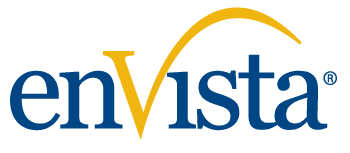- Closed-Loop Process for Continuous Improvement: Labor management follows a structured cycle of assessment, implementation and refinement, ensuring ongoing enhancements in productivity and efficiency.
- Phased Approach for Optimization: The process includes defining the current state, visualizing the future state, building solutions, executing plans and redefining the new baseline post-implementation.
- Integration of Technology and Best Practices: Success relies on ERP/WMS integration, industrial engineering methodologies and lean process optimization tools like value stream mapping and engineered labor standards.
- Sustained Performance Through Continuous Feedback: Post go-live, organizations sustain improvements through associate engagement, performance monitoring and iterative refinements.
- Enhanced Logistics Productivity: By leveraging this closed-loop process, companies ensure long-term efficiency gains, aligning labor management strategies with organizational goals.
Enhancing Labor Management with a Closed Loop Process
Labor management is a comprehensive approach that blends software, industrial engineering and change management to enhance logistics productivity. Key components of a successful labor management program include labor standards and expectations, production reporting, manpower planning, associate engagement and incentive-based pay. The secret to labor management success lies in adopting a continuous process improvement mindset tailored to your organizational culture. This closed-loop process involves defining the current state, visualizing the future state, building the solution, executing the plan, providing go-live support and redefining the new “current state” with the new baseline.
Defining the Current State
To define the current state, start with an assessment phase, which should take about 5 to 10% of the project duration. Understand the “why” behind implementing a labor management program by conducting interviews with key personnel, benchmarking against industry peers using historical data and best-in-class standards and identifying opportunities for improvement, categorizing them as short-term (tactical) and long-term (strategic).
Visualizing the Future State
Visualizing the future state also falls within the assessment phase and should take about 5 to 10% of the project duration. Review interview responses to identify common themes and opportunities and develop a risk model for business case development. When developing the risk model for business case development, it’s crucial to consider various factors. These include site selection criteria, current facility performance, openness to change, workforce tenure and previous labor management experience.
Additionally, the model should address required resources such as operations, IT and testing and training. Training and ramp-up considerations, including the time of year, IT blackout periods, peak seasons and concurrent projects are also essential. Financial aspects, such as finance, costs for software and services, funding approval and ROI/IRR requirements, should also be incorporated into the risk model to ensure a comprehensive assessment.
The Building Phase
The building phase is the longest cycle of the project, encompassing about 40 to 50% of the duration. Success in this phase rests on three pillars: integration design, process optimization and industrial engineering.
- Integration Design: Involves data mapping for visibility, ERP/WMS integration, transaction history, time and attendance and automation with RF/Voice.
- Process Optimization: Utilizes lean tools like value stream mapping, spaghetti diagrams and cause and effect diagrams.
- Industrial Engineering: Focuses on developing SOPs for preferred work methods, establishing goals and engineered standards, configuring labor management system (LMS) applications, optimizing travel paths and job codes, generating reports and ramping up associates.
The Execution Phase
The execution phase is critical, taking about 20 to 30% of the project duration. It also relies on three pillars: integration testing, end-user training and go-live preparation.
- Integration Testing: Ensures accurate file transmission, data processing and error logging. Matches physical observations with data, maintains an IT issues log and understands SLA terms.
- End User Training: Covers PWM training for associates and supervisors, associate coaching, LMS application usage, report generation, indirect time entry and labor planning.
- Go-live Preparation: Involves readiness checklists covering operations, training, software, IT, resource needs and issues logs, as well as documenting lessons learned.
The Go-Live Phase
The go-live phase, which marks the commencement of the initial journey, should take about 10 to 20% of the project duration. If the previous phases were executed well, go-live should be smooth. Staff all shifts with subject matter experts, document lessons learned for future reference and celebrate the achievement.
Redefine: Post Go-Live
Post go-live, the focus shifts to sustaining momentum through continuous associate and supervisor engagement. Implement a formal observation program that evaluates performance levels and new hires. Utilize appreciative inquiry to identify future opportunities and revisit incentive-based pay and previously tabled items for ongoing improvement.
Drive Efficiency in Logistics Operations with a Closed-Loop Process
By following these steps, you can create a closed-loop process in your labor management program that continuously improves and adapts to your organizational needs, driving productivity and efficiency in logistics operations. enVista’s team of experts can help you optimize every aspect of your labor strategy. With deep industry knowledge and advanced analytics, they can identify inefficiencies, streamline workflows and implement best practices tailored to your business. By leveraging enVista’s technology and expertise, you’ll not only enhance labor utilization but also ensure sustained performance improvements over time. Ready to elevate your operations? Contact enVista today to learn how our solutions can transform your labor management strategy and boost your bottom line. Let’s have a conversation.®





